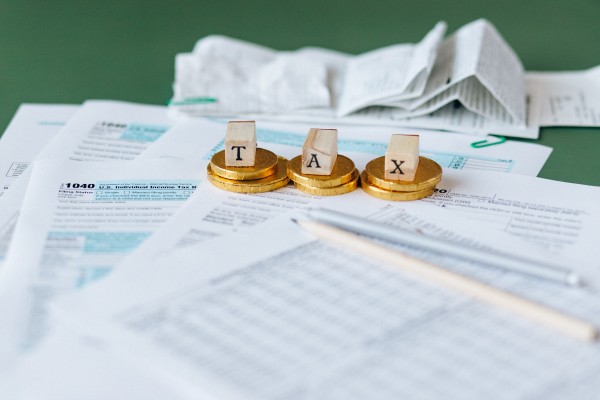

One in five taxpayers could be paying higher rate income tax in 2024-25 compared with fewer than one in 10 in 2010-11, according to analysis from LCP.
LCP partner Steve Webb estimated that up to 2.5mn extra people could be brought into higher rate tax between the general election in 2019 and an election in 2024-25.
This is due to a combination of faster than expected wage growth and the freezing of tax thresholds.
At the time of the last election in 2019-20 there were 4.3mn people paying income tax at the higher rate of 40 per cent or the additional rate of 45 per cent.
This was based on the figures published by HM Revenue & Customs in June 2021.
Last year, it estimated that the number of higher rate taxpayers would have grown to 4.6mn people by 2021-22, an increase of around 300,000.
However, when HMRC published its estimates in 2021, it only had access to Office for Budget Responsibility estimates for wage growth published in the March 2021 Economic and Fiscal Outlook.
Since then, the OBR has dramatically increased its estimate of wage growth to date.
The table shows the percentage growth in wages and salaries compared with previous year

Source: Economic and Fiscal Outlook, OBR, March 2021 and March 2022
Based on these figures, HMRC’s estimate of the number of higher rate taxpayers in 2021-22 was assuming a growth in total wages and salaries of 0.9 per cent in 2020/21 followed by an increase of 2 per cent the following year, giving a combined increase of 2.9 per cent.
However, Webb said OBR now thinks that wages and salaries grew by 2.6 per cent in 2020-21 and 7.5 per cent in 2021-22 giving a combined increase of more than 10 per cent.
Webb said: “HMRC admitted last year that it thought over a third of a million extra people would be brought into higher rate tax in the first two years of this Parliament. But that was before the surge in wage levels as the economy has bounced back from the Pandemic.
“As a result it is likely to be closer to a million people who have been brought into higher rate tax so far. In addition, three more years of relatively rapid wage growth coupled with a freeze on tax thresholds could bring a further 1.5mn people into higher rate tax by the time of the next election, making a total of 2.5mn more over the whole Parliament.”
Webb explained that using the HMRC data on the distribution of taxable incomes and tax deductions, he estimated that this increase in taxable incomes between 2019-20 and 2021-22 means the number of higher rate taxpayers in 2021-22 is likely to be closer to 5.2mn.
This would be an increase of just under 1mn higher rate taxpayers since the election.
OBR is now also assuming a further cumulative increase in total wages and salaries of over 12 per cent in the three years to 2024-25.
This is over a period when the threshold for higher rate income tax will remain frozen at £50,270.
It is estimated that this rapid pay inflation is likely to bring an extra 1.5m people into higher rate tax compared with 2021-22.
Webb added: “There is no doubt that freezing tax allowances and thresholds is the ultimate stealth tax. No minister has to announce a rise in tax rates, but tens of millions of people pay more tax, and millions of those will even be dragged into higher tax bands purely because of wage inflation.
"This is certainly not a transparent way of raising extra tax revenue. However, it does mean that millions of people now have a much bigger incentive to put more money into their pensions, potentially enjoying double the rate of tax relief on any contributions."
A Government spokesperson said: “The UK has the highest basic personal tax allowance in the G20 – and maintaining the income tax thresholds is a progressive approach to fund our world leading public services and rebuild the public finances following Covid.
“Our approach ensures that higher earners contribute more – while the vast majority of taxpayers will still pay the basic rate of tax by 2026 and we will save the typical employee over £330 a year by raising the national insurance contribution threshold.”
sonia.rach@ft.com
What do you think about the issues raised by this story? Email us on FTAletters@ft.com to let us know



